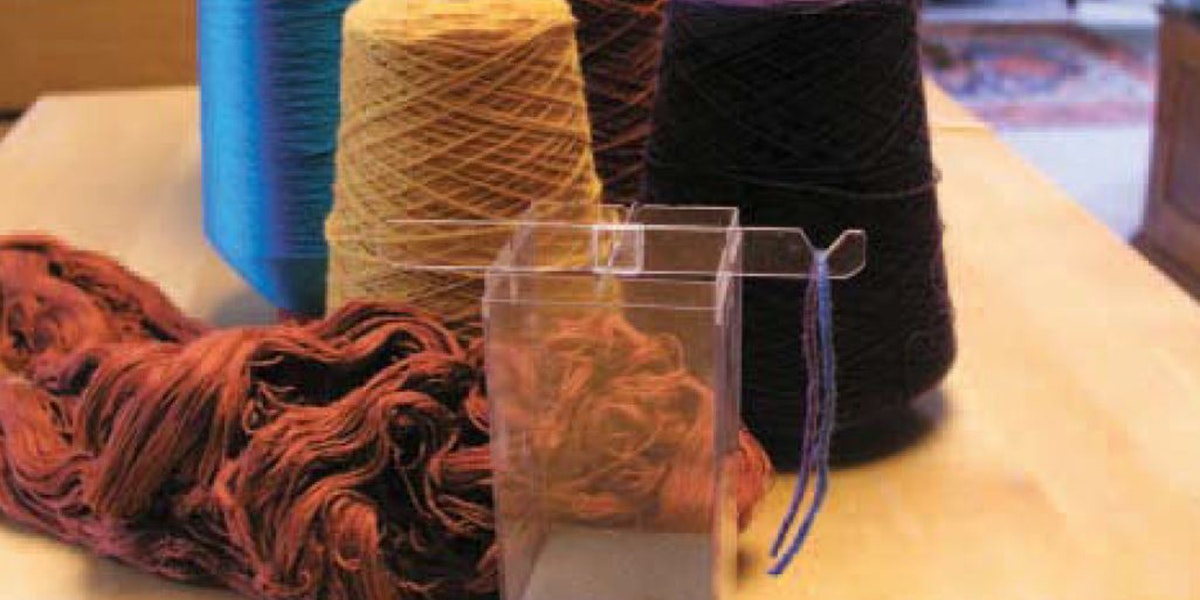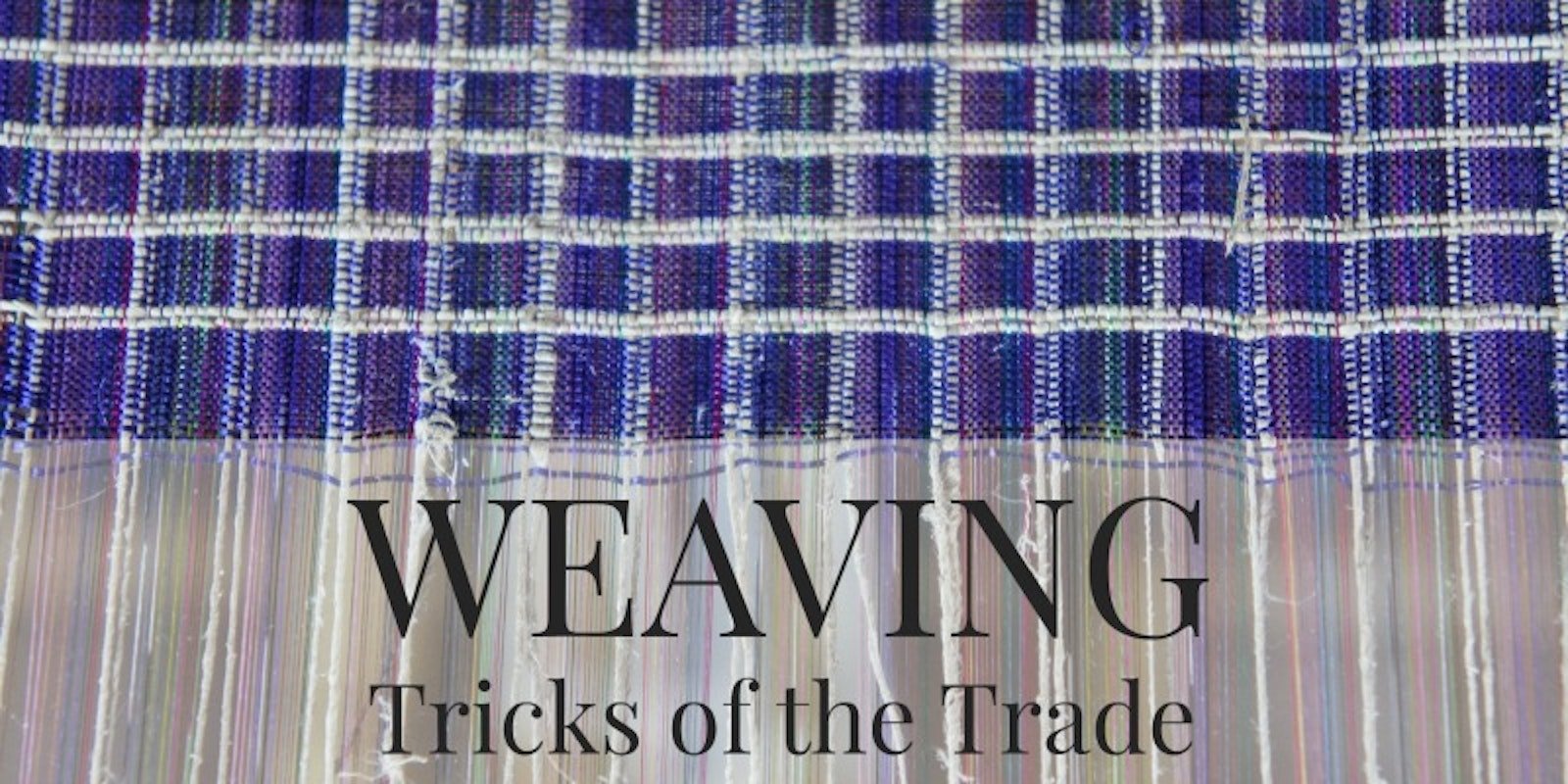You see a project you really love, but you don’t have the right yarns. You could order them, but you want to start weaving today. Here are some tips for using the yarns you have. Of course, you need to have yarns to do this, so acquiring a yarn stash is ever the goal of a weaver. A stash gives inspiration just by being there.
Choosing your own yarns for a project is rewarding on many levels. You get the satisfaction of using up something you already have (always good when family members look perplexed every time you bring in more). And you have the joy of creating something completely new from changes in color, sett, yarn texture, or all of these.
There are several factors to consider: the yarn’s thickness, its fiber content, and the intended fabric hand.
Yarn size
An important guide to the thickness of a yarn is the yardage per pound. If your yarn has the same yd/lb as the original yarn in a project, you can usually substitute it straight across (with some attention to twist for fibers such as wool and silk). If you don’t know the yd/lb, you can use a McMorran balance (Photo a) or make your own (Photo b).

a. Find yards per pound with a McMorran balance.
b. Make your own yarn balance.
Yardage per pound is very useful as a measurement for comparing cotton and linen yarns, less so for silk, and even less so for wool. For silk and wool, much depends on the tightness of the spin. A very lightly spun, lofty wool, for example, requires a different sett from that of a tightly spun wool—a sett that is also dependent on the desired hand of the fabric. Sampling is the only way to be sure.
Determining sett
When your yarn is a different size from the example you are inspired by, you’ll have to choose an appropriate sett. The tried-and-true method is to wrap an inch of a ruler with the yarn (Photo c). For a balanced plain weave, use a sett that has half as many ends per inch as threads as in the wrap to accommodate the interlacing weft.
c. Make a yarn wrap to determine sett.
I usually wrap a bit tightly if I know I want a firm plain weave, a bit loosely if I want it open (as for lace). Use a closer sett for twill (how close depends on twill float length; the longer the floats, the closer the sett because of the absence of interlacing wefts between warp threads). You can use the sett numbers in the Master Yarn Chart 2014.pdf as a guide. And as always, sample to be sure!
—Madelyn
If you have a weaving question we would love to hear from you! Please email Madelyn!



